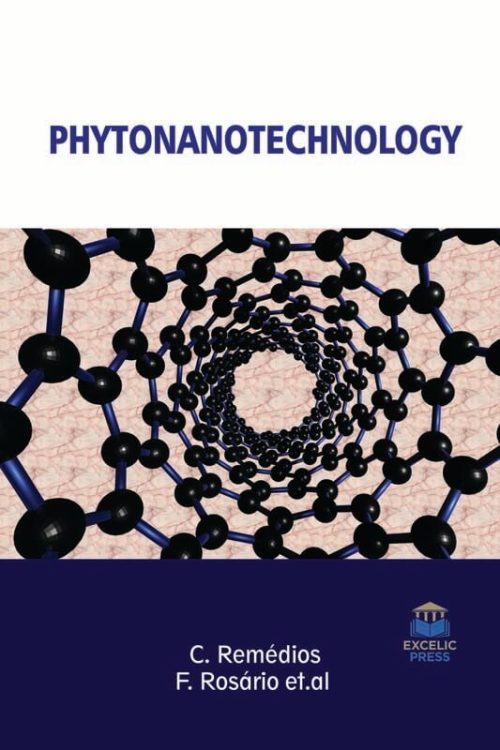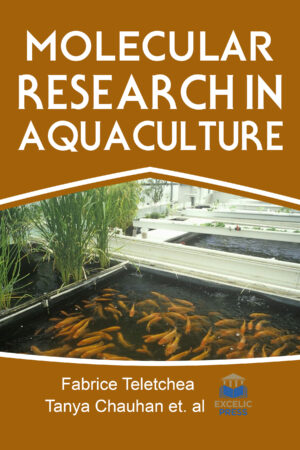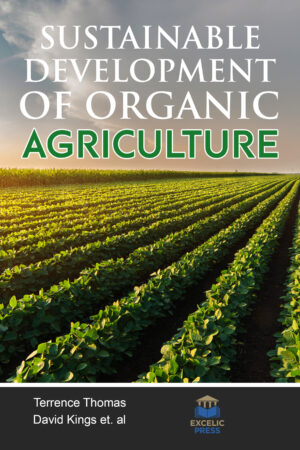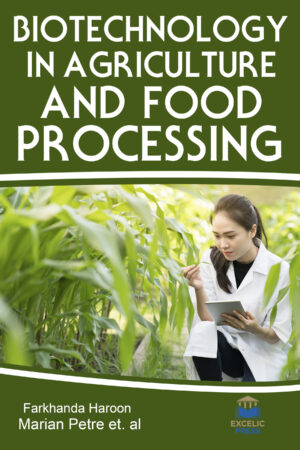Description
As nanotechnology is an innovative and scientific growth area with an exponential production, more information is needed concerning the impacts of these nanomaterials (NMs) in the environment and, particularly, in animals/humans health and in plant performance.
Nanotechnology has led to the development of new concepts and agricultural products with immense potential to manage the aforementioned problems. Nanotechnology has substantially advanced in medicine and pharmacology but has received comparatively less interest in agricultural applications. The use of nanotechnology in agriculture is currently being explored in plant hormone delivery, seed germination, and water management, transfer of target genes, nano-barcoding, nanosensors, and controlled release of agrochemicals. The number of published researching works related to applications of nanomaterials in agriculture is increasing every year. Most of such works focus on the synthesis of nanodevices, their characteristics as nanocarriers for controlled release of active substances, and their interaction (either positive or negative) with plants or microorganisms under controlled conditions. Important knowledge has been gained about the uptake and distribution of nanomaterials in plants, although there are still gaps regarding internalization inside plant cells.
This book presents a particular emphasis on the interaction of NPs with plants at different levels: morphology, physiology, and genotoxicity. Each year, 20%–40% of crops are lost due to plant pests and pathogens. Existing plant disease management relies predominantly on toxic pesticides that are potentially harmful to humans and the environment. Nanotechnology can offer advantages to pesticides, like reducing toxicity, improving the shelf-life, and increasing the solubility of poorly water-soluble pesticides, all of which could have positive environmental impacts. This book explores the two directions in which nanoparticles can be utilized for plant disease management: either as nanoparticles alone, acting as protectants; or as nanocarriers for insecticides, fungicides, herbicides, and RNA-interference molecules. However, a lot of research and knowledge is needed to accomplish those goals, not only for the development and synthesis of nanocarriers and nanomaterials but also for studying the interactions of such nanodevices with the plants and the environment. Indeed, it is necessary to study how plants absorb and uptake nanoparticles, how they move inside the plant, and how they interact with the plant cell.
The use of agrochemicals, though has increased the agricultural productivity, has severely adversely affected soil and aquatic systems with associated flora and fauna and also the health of the farmers and society consuming the chemically grown food. This book will, therefore, discuss the nano-ecotoxicology and risks, uncertainties, and ethical concerns of use of nanotechnology in agriculture. The current levels of public awareness and perception of nanotechnology will be discussed as well. This book will be of immense interest to students and practitioners working in the associated field and, moreover, may provide new concepts and starting topics for future researches.





